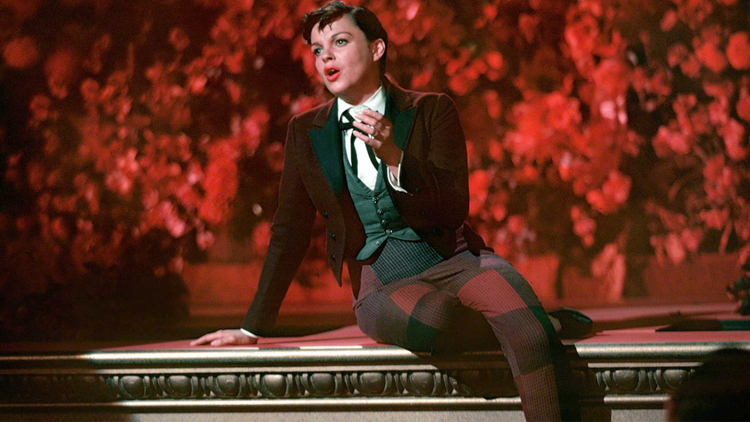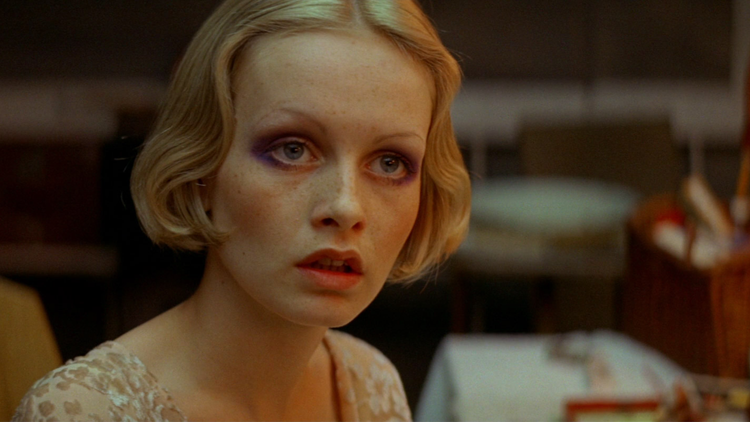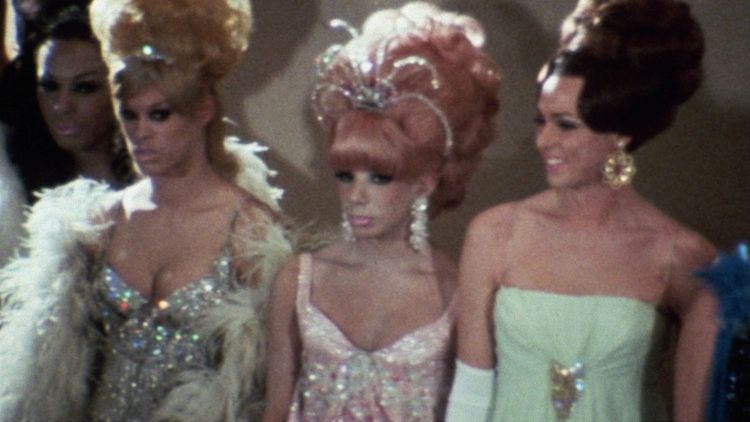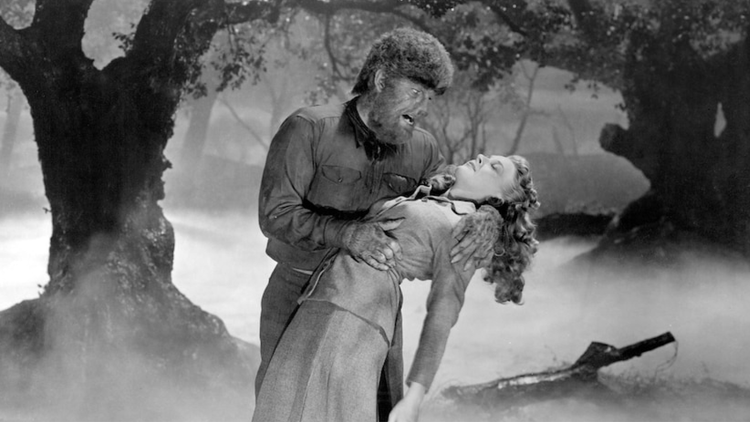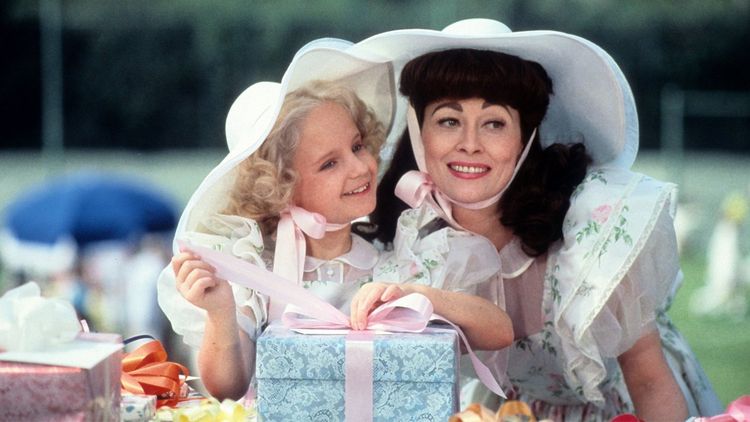We know Natalie Wood, but would you?
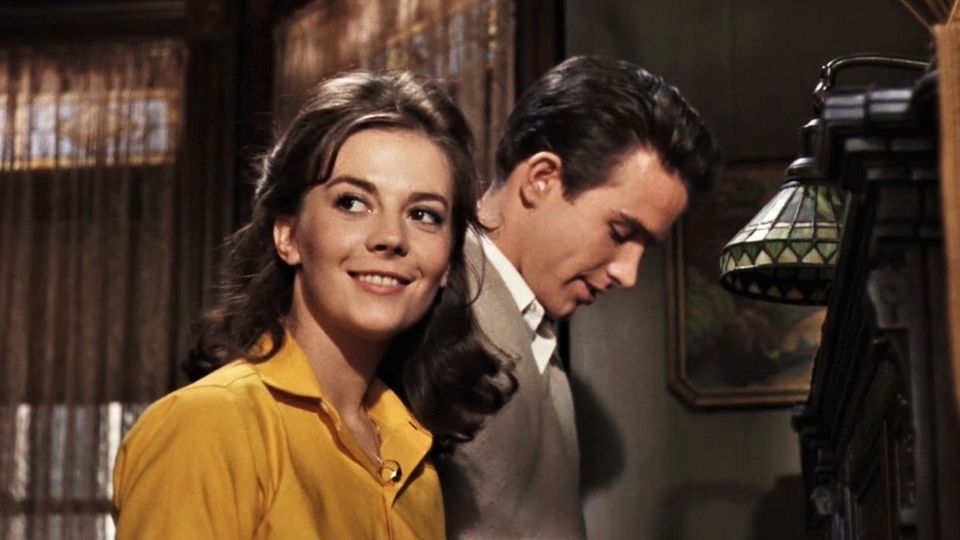
I must admit, prior to checking out a couple of her movies that the TIFF Lightbox is screening this month, I knew only the basics about Natalie Wood. I loved her performance as little Susan Walker in the original Miracle on 34th Street (1947). Despite my personal fondness for the musical, I recognized the non-singing Wood was miscast as Maria in West Side Story (1961). It says a lot about Hollywood's systemic racism that even for a movie specifically about racism producers cast the white actress to play a Puerto Rican teenager. And I knew that Wood died tragically at the age of 43, drowning under still-mysterious circumstances while sailing off Catalina Island with her husband, actor Robert Wagner.
So when I rented Elia Kazan’s Splendor in the Grass (1961) I went into it relatively fresh, not knowing what to expect. I certainly didn’t think it was going to be so horny.
The film opens on a parked car by a cascading waterfall. Teenage Deanie Loomis, played by Wood, is making out with her beau Bud Stamper, played by Warren Beatty in his film debut. Bud wants to go further. Deanie demurs, but after he drives her home, she regrets it, wildly writhing around her bed in sexual frustration (which, if you’ve seen young Warren Beatty, fair enough).
Sensing from Deanie’s histronics that it’s time for ‘the talk’, her mother (Audrey Christie) sits her down and explains that it’s women’s lot in life to not actually enjoy sex. It’s just something they put up with for their husbands. Using just her face, Wood registers a mix of annoyance and pity, accurately capturing the adolescent realization of the obliviousness of parents, and that young people are on their own.
Even though it is set in Kansas in the late 1920’s (costumes and cars look historically accurate, hairstyles not so much) the film could easily have taken place in the 1950’s or early-1960’s. The small town’s puritanism would have been just as believable during the Eisenhower Administration as during the era of Prohibition. In fact, you could group Splendor in the Grass in with other mid-century teen films that predicted the 1960’s youthquake, notably Rebel without a Cause (1955), which also happened to co-star Wood. The adults are at best out-to-lunch, at worst small-minded, corrupt and hypocritical, as are the institutions they represent: school, church, and business.
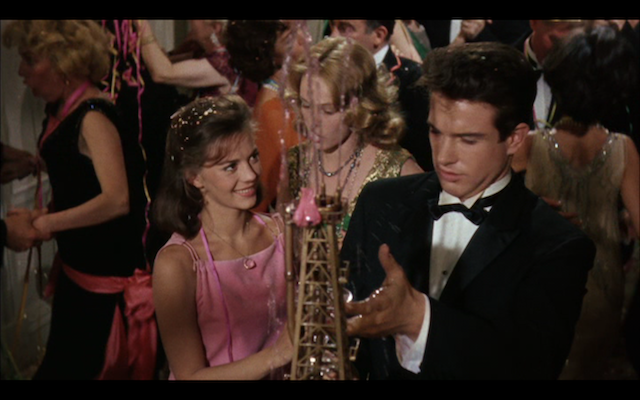
All Deanie and Bud want to do is express their love physically, but everywhere they turn social barricades hold them back. Bud opens up about his own sexual frustration to his father (played by Pat Hinkle) who informs him that if he really can’t wait until marriage with ‘nice girl’ Deanie, there are other, ‘less nice’ girls he could turn to. Bud later takes his plight to the family doctor, who’s practically stunned into silence when faced with a question about sex.
It’s not just the two star-crossed teen lovers - the whole movie vibrates with sexual tension. The boys at school share notes on sexual conquests in the showers. Bud’s older sister returns from Chicago to run around town with no-good bootleggers. And a New Years' party is decorated with little model oil wells (the town’s big industry) that, in a not so subtle nod to Freud, resemble Eiffel Towers gushing liquid from their peaks.
The enforced chastity eventually becomes too much. Bud takes another girl to the waterfall makeout point (in a scene which incidentally featured Hollywood’s first onscreen French kiss). When the rumours instantly spread around school, Deanie suffers a nervous breakdown. As with a lot of movies from this period that deal with mental illness, Deanie’s collapse is portrayed with as much sensitivity and nuance as a sledgehammer, with Wood’s performance and dialogue equally broad. If everything had been dialled back just a touch the film would feel a bit less dated and more enjoyable today.
Arriving at the other side of the ‘Swinging’ Sixties, compared to Splendor in the Grass, Bob & Carol & Ted & Alice (1969) feels like it’s a century later. The prissy Production Code which had hemmed in Hollywood since the early 1930’s (and led to a shot of a bare bottom getting cut from Splendor) was now history. By 1969, we’re in a brave new world of free-thinking and sexual experimentation.
When I was a kid I remember my dad sharing that, soon after Bob & Carol & Ted & Alice premiered there was coincidentally a professional football lineup featuring four players with almost the same names. I’ve had trouble finding when this would have been, although it probably featured Green Bay Packer Carrol Dale, but this memory resurfaced recently with the realization that my dad did not share the plot of the film with me, for obvious reasons.
Few movies are such perfect time capsules of a specific moment: go-go dancers and Quincy Jones melodies; nudist camps and psychiatrist psycho-babble; children wearing Nehru jackets and 40-somethings in love beads; and questionable interior decor, like Persion carpets on bathroom floors.
Bob, a successful documentary filmmaker, and his wife Carol (Robert Culp and Wood) decide to take part in a group consciousness-raising therapy session designed to break down inhibitions and encourage participants to vocalize how they really feel. The weekend has a profound effect on them and they come back to LA evangelizing about their new ethos to their best friends, the comparatively conservative couple Ted and Alice (Elliott Gould and Dyan Cannon) who humour them but are unconvinced.
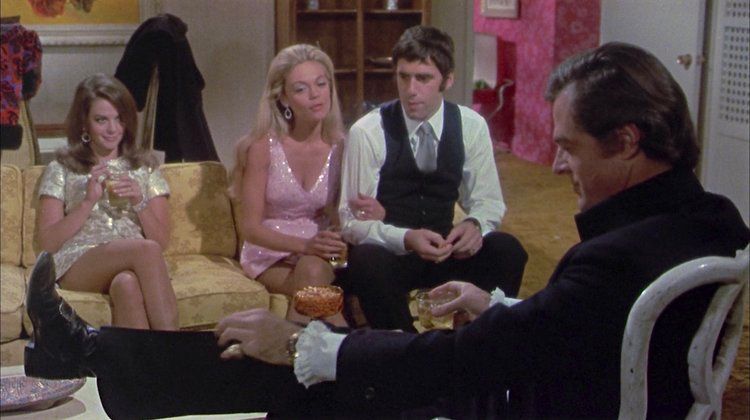
Later, Bob comes home from a weekend away and admits to Carol he had a one-night stand. After digesting the news, Carol surprises both her husband and herself by admitting that she doesn’t care. It was about sex, not love, and Carol understands. The important thing was that Bob was honest. This night sets the couple off on an escalating journey into the practices of ‘free love’, eventually roping their best friends in for the ride.
But it’s not all smooth sailing. Whereas the lovers in Splendor in the Grass were restricted by the rules of society, Bob and Carol and Ted and Alice quickly learn that there are just as debilitating barriers within your own mind, and that a world ‘without rules’ in which you’re allowed to do anything comes with a lot of pressure to figure out what it is you really want.
The cast, along with the script by Paul Mazursky and Larry Tucker, squeeze laughs out of the most uncomfortable of situations. Gould does some of his best work in scenes with no lines, letting his fidgety movements and big eyes bring to life his extreme awkwardness. We are forever in his debt for demonstrating near the end of the film why, if you are attending an orgy, it’s important to remove your socks before you get into bed.
Wood’s performance is believable but with a hint of distanced irony, winking at the audience about the ridiculousness of Carol: a wealthy, white, LA wife who thinks she’s part of the counterculture by putting a waiter on the spot about whether he truly hopes the dinner was to her satisfaction. I think she enjoyed playing against type and breaking free of the ‘good girl’ persona Hollywood boxed her into, Tinseltown sometimes being just as restrictive as a small town in Kansas.
-
Splendor in the Grass screens on Thursday, March 24th at the TIFF Lightbox
Bob & Carol & Ted & Alice screens on Sunday, March 20th at the TIFF Lightbox both films are being presented as part of the special screening series “Both Sides, Now: The Roles of Natalie Woods”.
Max Mosher is a writer, communications specialist, and Old Hollywood Correspondent for The Town.

